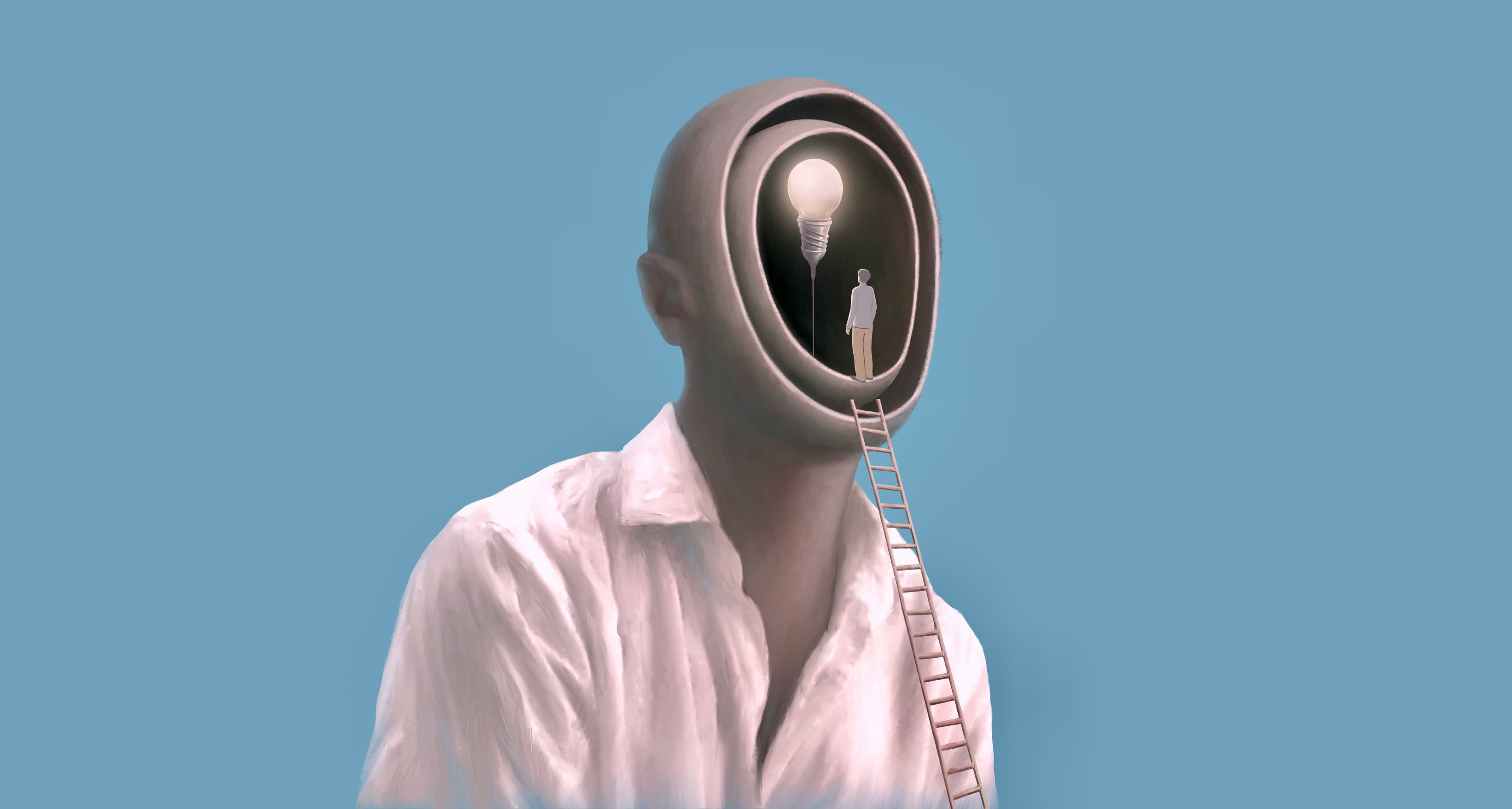
The Architecture of the Mind: Precision, Direction, and Prosperity
The Architecture of the Mind: Precision, Direction, and Prosperity
There is no instrument more powerful than the human mind. It contains within itself the blueprint of prosperity or despair, order or confusion. Thought is both seed and soil, both compass and map. Yet only when the mind is trained with the exactness of mathematics, where thought aligns with emotion and emotion aligns with action, does life begin to move with a rhythm that draws success. The undirected mind, even if filled with knowledge, remains scattered potential. The directed mind, by contrast, becomes an engine of creation.
People often believe they are thinking when they are merely remembering. They replay the noise of yesterday: the gossip, the disappointments, the fears that dress themselves as logic. This mental repetition keeps them bound to old outcomes because they live through reflections instead of directions. The mind that drifts is like a leaf in the wind, moved by every passing gust of circumstance. It does not choose; it reacts. It does not build; it wanders. And in that drift, it surrenders power to chance.
To master life requires mastering the inner mechanism that precedes all outer action: thought. Every civilization, every invention, every revolution began as a pattern of thought sustained, repeated, and organized. When the mind works like a precise equation, when focus becomes the constant and distraction the variable eliminated, results become inevitable. Prosperity is not an accident but the sum of disciplined tendencies repeated across days, months, and years.
The disciplined mind accepts no contradictions. It knows that indecision multiplies error. Just as an architect designs according to dimension, the successful mind designs its inner landscape with clarity. Each thought must serve a purpose. Random thinking is wasted energy; directed thinking is force. When thought, emotion, and action move in a straight line, momentum forms. That momentum becomes destiny.
The Equation of Internal Alignment
What does it mean to move in a straight line? It means unity, no division between what you think, what you feel, and what you do. Most people are divided against themselves: they want one result but think in opposition to it. They speak of confidence yet dwell on self-doubt. They desire abundance yet study limitation. This division guarantees conflict, and conflict scatters energy. The straight line of prosperity begins with internal alignment: thoughts shaped by intention, emotions trained by reason, actions executed by purpose.
Imagine an engineer designing a bridge. Every measure must balance, every calculation must align. One error leads to collapse. The same precision must govern the architecture of the mind. To think without clarity is to build with weak materials. To act without emotional consistency is to construct without foundation. Success requires mental arithmetic: define the goal, fix the thought, align the feeling, execute the act. Then repeat until outcome equals design.
The mind possesses creative sovereignty. It is both the ruler and the servant of human experience. Left unruled, it chases impulses and adopts opinions from others. Ruled with authority, it becomes the architect of circumstance. To surrender that authority is to invite disorder. A person who does not command their thoughts becomes a captive
Read-Only
$3.99/month
- ✓ Unlimited article access
- ✓ Profile setup & commenting
- ✓ Newsletter
Essential
$6.99/month
- ✓ All Read-Only features
- ✓ Connect with subscribers
- ✓ Private messaging
- ✓ Access to CityGov AI
- ✓ 5 submissions, 2 publications
Premium
$9.99/month
- ✓ All Essential features
- 3 publications
- ✓ Library function access
- ✓ Spotlight feature
- ✓ Expert verification
- ✓ Early access to new features
More from Professional Development and Training
Explore related articles on similar topics





